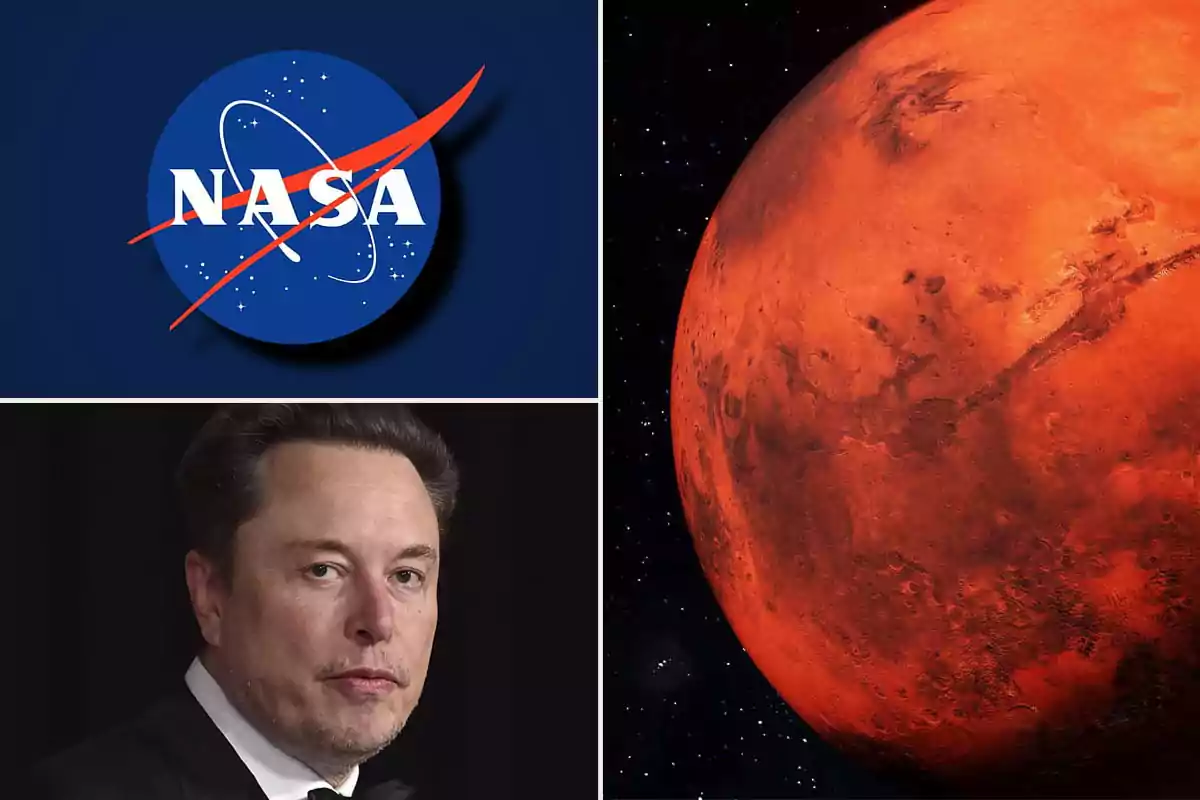
Traveling to Mars: the obstacles complicating Elon Musk's and NASA's plans
SpaceX aims to take humans to Mars in 2029, but NASA says it wouldn't even be possible by 2040
Sending humans to Mars is no longer science fiction. Both SpaceX and the NASA and China have concrete plans, although the technical and scientific challenges remain enormous.
Meanwhile, Elon Musk aims to achieve it by 2029, while NASA assures that achieving this goal before 2040 is an ambitious target.
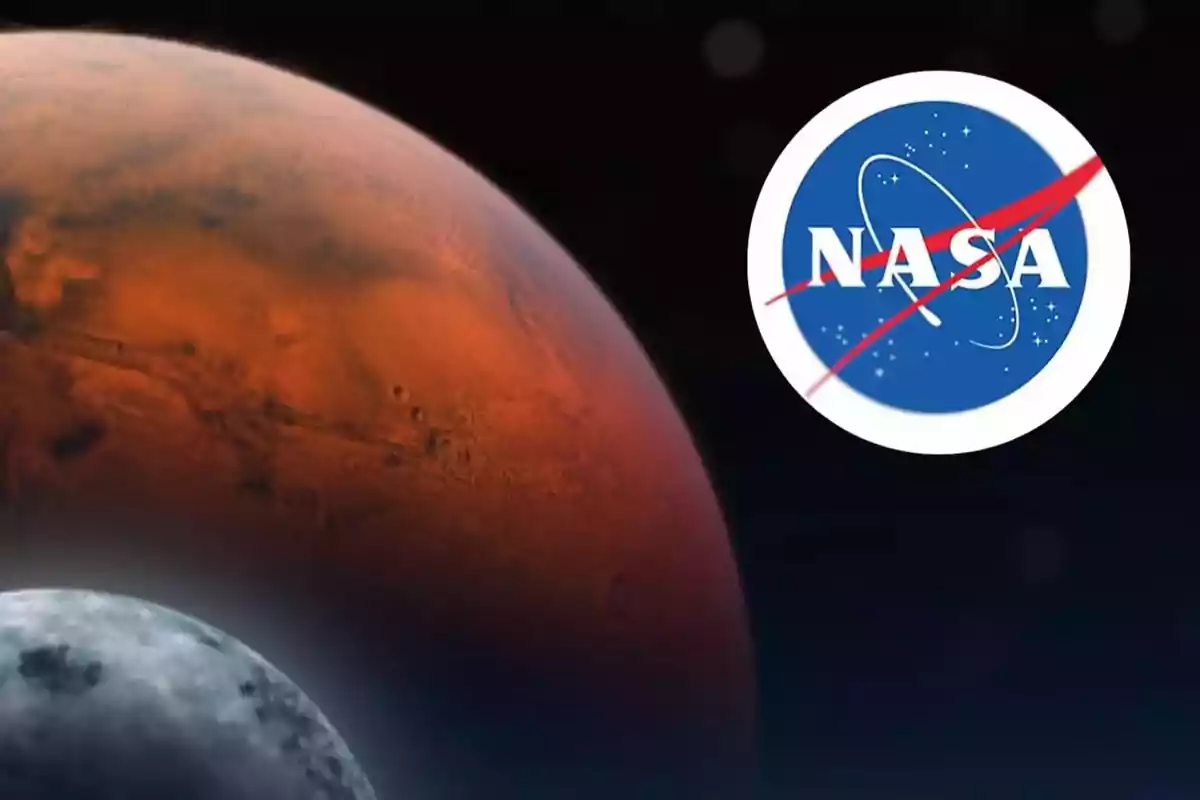
Why colonize Mars?
For Elon Musk, reaching Mars is key to preserving humanity against threats like wars or natural disasters. There is also a strong scientific interest.
The red planet could offer answers about the origin and existence of life beyond Earth. Robert Zubrin, from The Mars Society, argues that Mars and our planet shared similar initial conditions.
Obstacles separating Mars from humans
Technological and scientific challenges
NASA warns that landing on Mars, cosmic radiation, propulsion, and life support systems are the main obstacles.
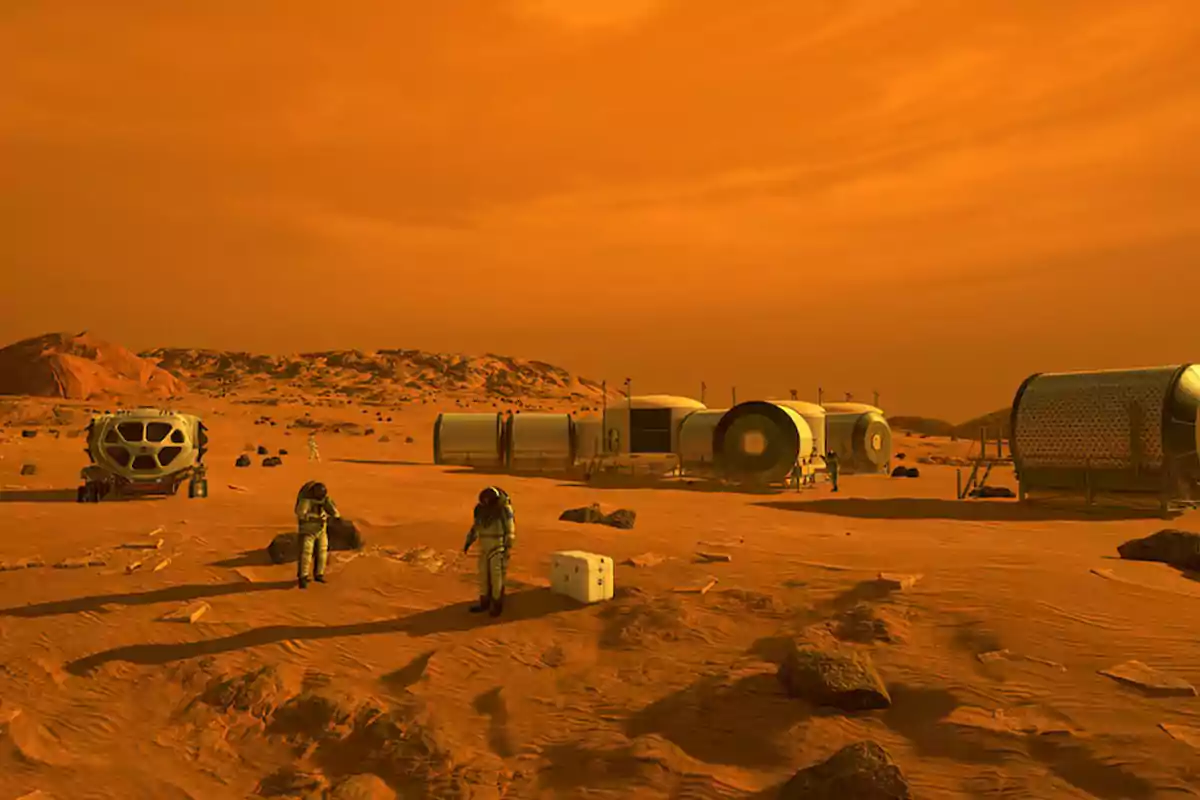
Amit Kshatriya, from the Moon to Mars program, explained that key advances are needed in several areas before sending a manned mission.
The great enemy: radiation
Mars lacks a dense atmosphere and a global magnetic field. Therefore, it leaves astronauts exposed to cosmic rays and solar storms.
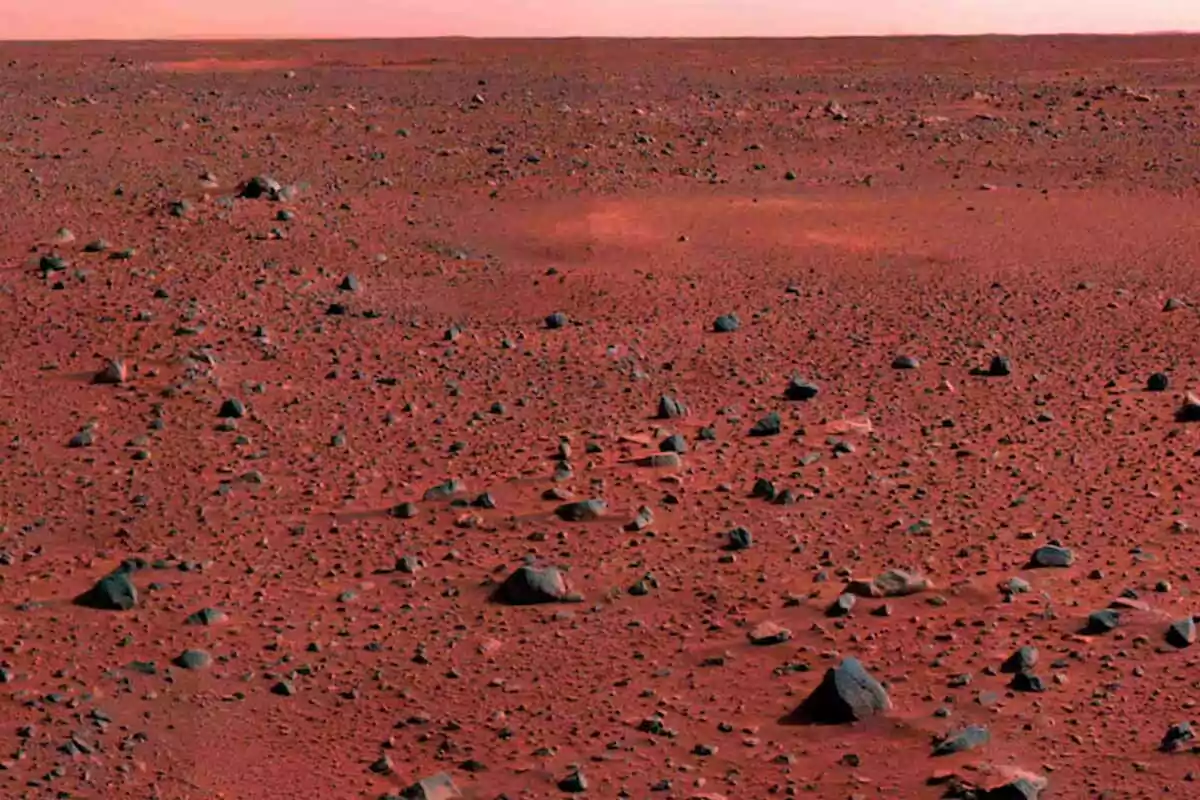
According to NASA, a round trip would exceed the safe lifetime radiation limits. Solutions such as building underground shelters or using Martian regolith as a shield are being explored.
The "impossible landing"
Mars's atmosphere is only 1% as dense as Earth's. Therefore, slowing down a spacecraft with parachutes is not viable.
For NASA, these seven minutes of descent are "terror." Future missions will need to lower loads of more than 20 tons, something that is not yet solved.
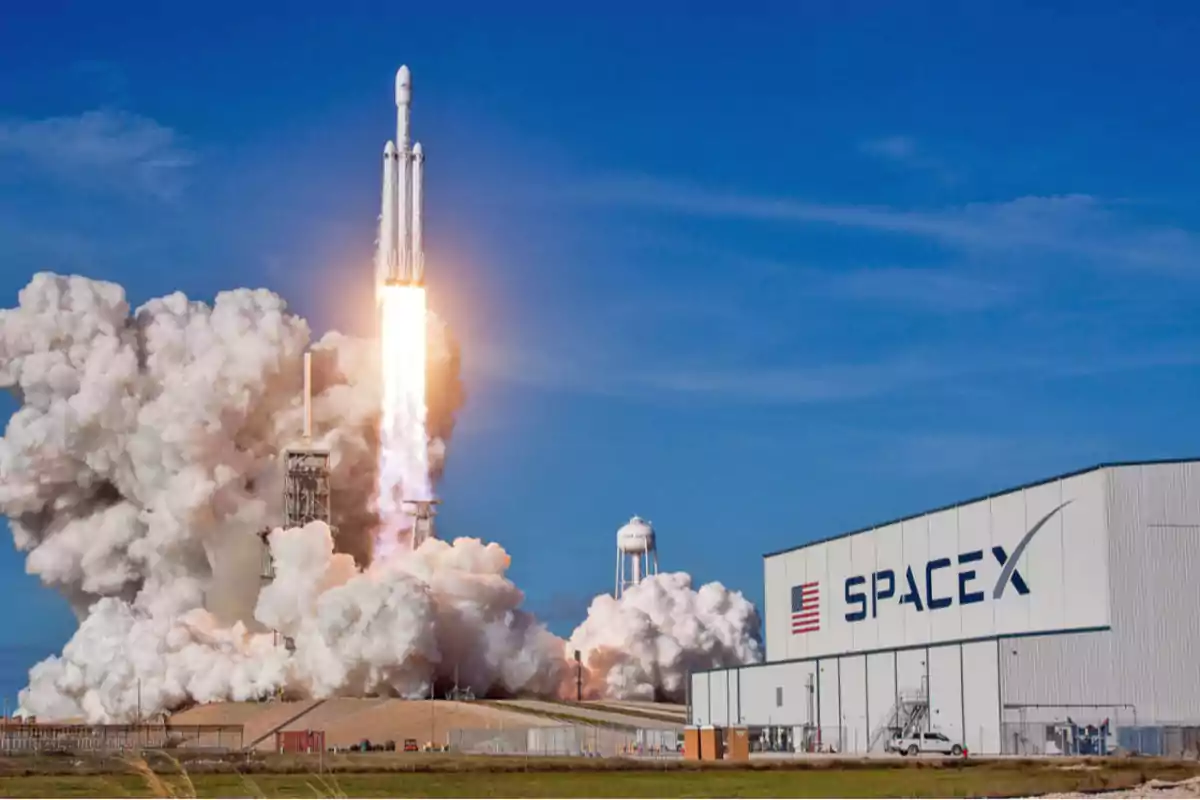
Living on Mars: mission impossible?
A crew on Mars needs oxygen, water, food, and recycling systems that work for years. Bringing everything from Earth is unfeasible.
The solution is to harness Martian resources. SpaceX wants to manufacture fuel on Mars using water ice and local CO₂. But these technologies have not yet been tested in real conditions.

What about the health of the astronauts?
Physical and psychological impact
A complete trip to Mars can last up to three years. During that time, microgravity weakens muscles and bones, despite physical training on board.
Additionally, on Mars, gravity is only 38% of Earth's, which can cause long-term health problems that are not yet well understood.
Delays, isolation, and stress
Communication with Earth could have a delay of up to 22 minutes per message. Combined with isolation, this could affect the crew's mental health.
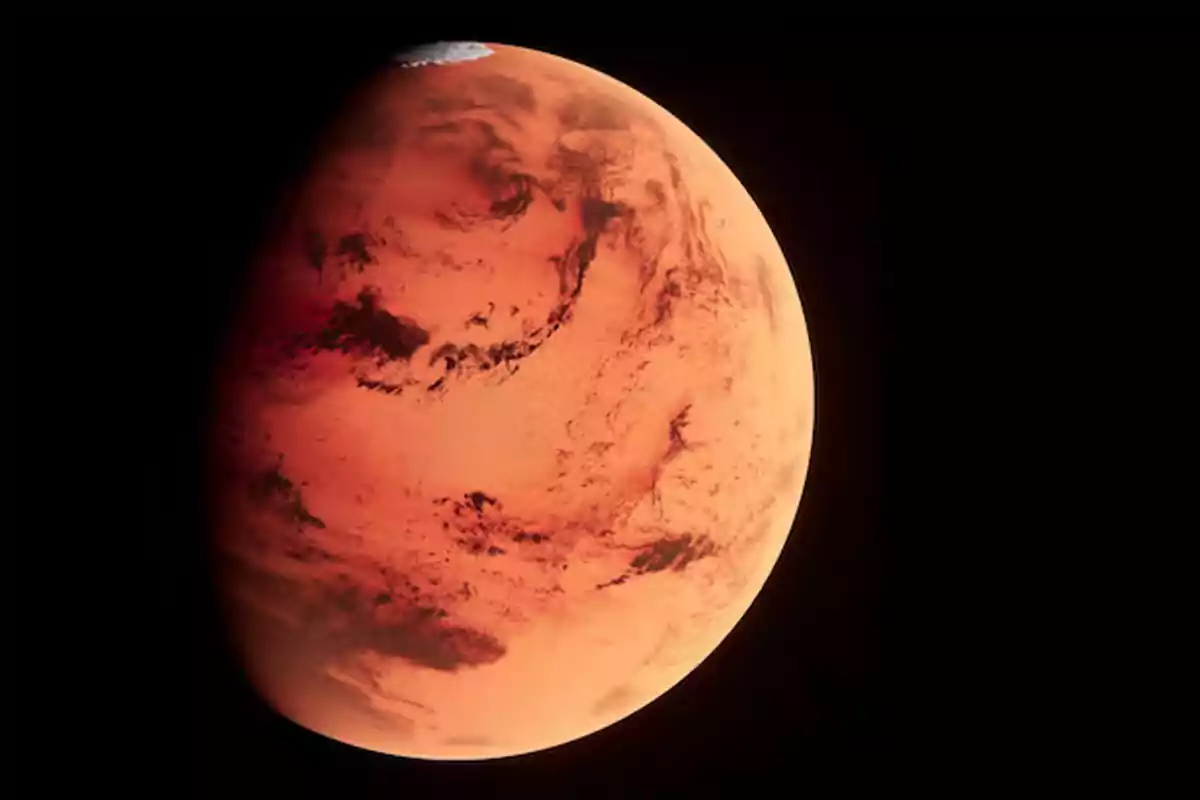
Therefore, the selection of astronauts and their training will be key to the success of the missions.
A multimillion-dollar mission
According to CNBC, bringing samples from Mars costs more than 5 billion dollars. A manned mission could exceed 20 billion.
SpaceX relies on private funding and contracts like Starlink. But maintaining long-term financial support will be a major challenge.
More posts: